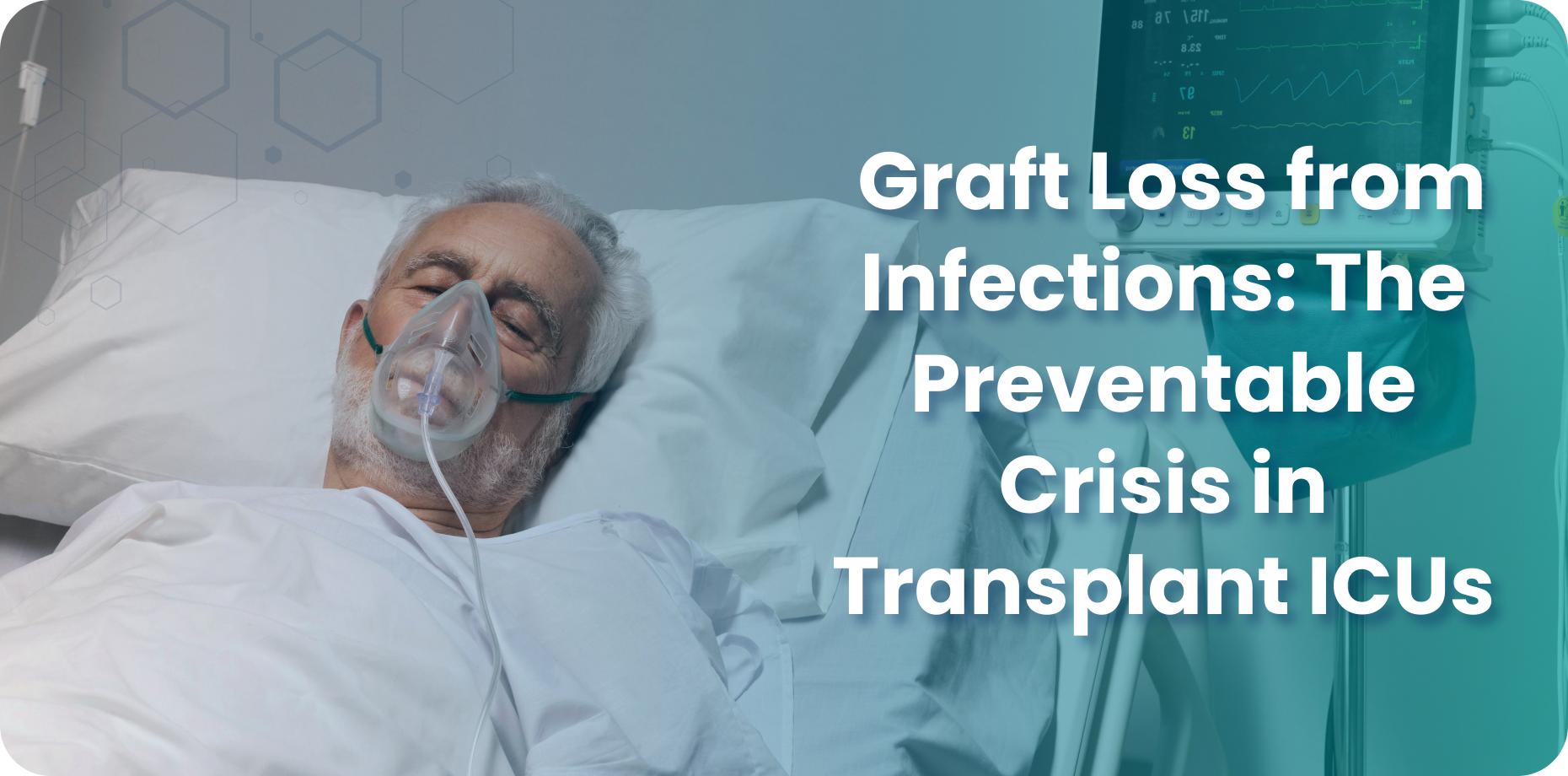
Transplant success isn’t guaranteed in the operating room—it’s defended every hour afterward in the ICU.
While surgical precision, immunosuppressants, and skilled post-op care are critical, hospital-acquired infections remain one of the most devastating—and preventable—reasons for graft failure.
The Graft vs. Infection Dilemma
Transplant recipients are uniquely vulnerable. To protect the new organ, their immune systems are intentionally suppressed. But that same suppression creates a wide-open gateway for bacteria, fungi, and viruses to invade.
According to global clinical data:
- Infections are responsible for up to 40% of post-transplant graft failures.
- Each infection increases the risk of graft rejection by 2 to 4 times.
What’s Causing These Infections?
Often, it’s not high-tech equipment or surgical errors.
It’s something far more basic—and more overlooked:
Contaminated hospital linens, gowns, and staff clothing.
Multiple outbreaks across transplant ICUs globally have linked “clean” hospital textiles to deadly infections:
- Aspergillus and Rhizopus mold from hospital blankets
- Drug-resistant bacteria like CRE and MRSA on patient gowns
- Re-colonization of “clean” bedding within hours of use
These microbes transfer silently to surgical wounds, catheters, and skin, where they can trigger systemic infections and irreversible organ rejection.
Case in Point:
- In Pittsburgh, a mold outbreak linked to linens led to multiple transplant patient deaths.
- In Arkansas, 16 patients—including organ recipients—were infected by mucormycosis. Many lost their grafts or lives.
- In a survey of top U.S. transplant hospitals, nearly half of “clean” linen samples contained pathogenic fungi.
Thermaissance: Shielding the Graft Beyond Surgery
The Thermaissance Transplant Infection Barrier Kit is designed specifically for high-risk transplant environments.
- Antimicrobial + Antifungal Action
Kills 99.99% of Acinetobacter, E. coli, MRSA, VRE, CRE, Candida, and Aspergillus—including multidrug-resistant strains. - Clinically Proven
Tested in an ICMR-approved cross-over study, Thermaissance textiles demonstrated significant microbial reduction over conventional fabrics. - 100+ Wash Durability
Reusable without compromising efficacy or softness. Economical and sustainable for hospital systems. - ICU-Ready, Transplant-Safe
Gowns, blankets, bedding, staff scrubs, and curtains—all integrated to reduce contamination at every contact point.
A Preventable Crisis Needs a Proactive Solution
Hospitals spend millions on surgical excellence and critical care monitoring. But without upgrading textile hygiene, they leave patients exposed to infection risks that undo it all.
The truth is: every preventable infection is a step closer to losing the graft.
And losing the graft means losing the patient.
Your Next Step: Strengthen Infection Control at the Source
Request your Transplant Infection Barrier Kit for pilot evaluation.
Protect grafts. Prevent infection. Sustain life.
